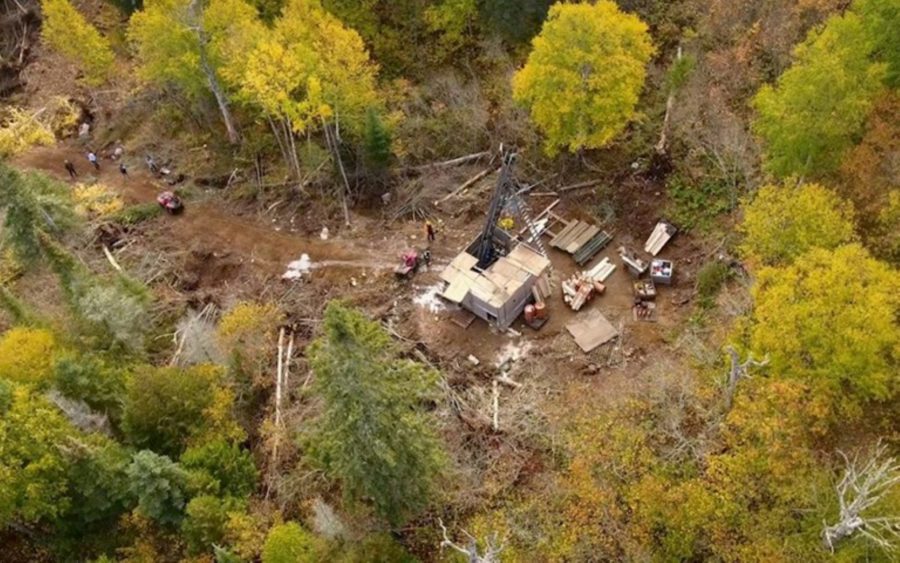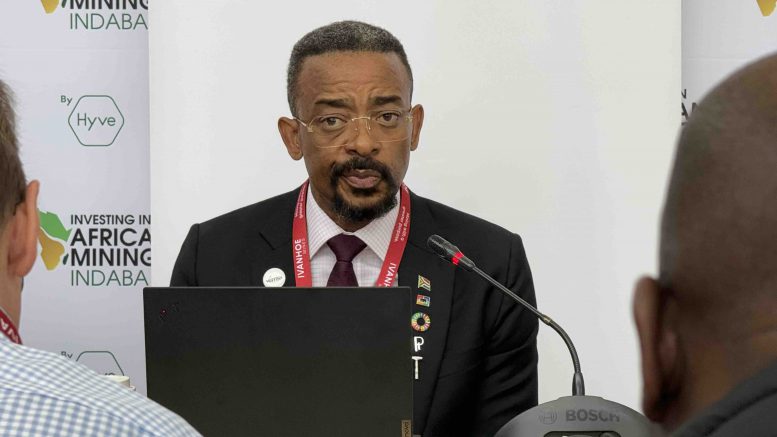Come together now in Africa
The former mayor of the City of Metropolitan Toronto, Mel Lastman, was known for running on at the mouth. He once jokingly told a reporter that he was worried about being boiled in a pot by cannibals while he visited Mombasa. (Lastman was in Africa to push Toronto’s 2008 Olympic bid shortly before the vote on where the Games would be held. Alas Toronto lost, and Mel soon retired from office.)
What lesson do we learn from this? Perhaps Kenyans considered His Worship too wiry to be worth eating. Possibly the habit of cooking foreign dignitaries has fallen by the wayside in East Africa. Maybe when the “developed” world visits emerging nations offering nothing but their own wish list, they are not well received.
Africa came to Toronto for the Investing in African Mining conference on March 7, hosted by the Canada-South Africa Chamber of Business. Representatives from the Limpopo and North West provinces of South Africa and from the neighbouring countries of Mozambique and Malawi were trying hard to promote their advantages to investors.
There was a softer but compelling message from mining companies already entrenched in Africa. The keynote speaker was Richard Duffy, executive officer of New Business Development for the largest gold company in the world, AngloGold Ashanti. Said Duffy: “We believe that risk should be embraced and managed, not avoided… Africa is perceived as being a risky place to do business, with poor infrastructure, lack of appropriate skills, corruption, security risks and of course HIV/Aids.” He didn’t mention cannibalism.
“The relative weight of such indicators differs enormously between various regions of this large continent,” he continued. “Africa is not homogenous; the linguistic and cultural diversity of Africa is frequently underestimated… Assessing potential risks requires a thorough understanding of the local conditions … you need to immerse yourself in the country, region and communities you are operating in if you are to be successful.”
Regarding South Africa’s new Minerals Act and the related Mining Charter, Duffy said the AngloGold Ashanti management “was in the forefront of the industry’s engagement with government in the development of these policy instruments, and we embrace them wholeheartedly. South Africa’s historical legacy of racially-based inequality … has made black economic empowerment an essential feature of building a post-apartheid South Africa.”
South Africa’s new politics is a fascinating real-life experiment, with the mining industry at its core. The majority owner of Duffy’s company, Anglo American plc, was one of several South African mining companies that grew and flourished during the apartheid era, and no doubt benefited from the unequal treatment of the races. Today’s enlightened corporate and government leaders are trying to redress those wrongs, without destroying the very companies that have the best chance of bringing prosperity to many parts of Africa.
Forcing traditional companies to take onboard newly-hatched BEE (black economic empowerment) companies as substantial partners is bringing definite prosperity to some formerly-disadvantaged people, but their number may be very tiny. The economic benefits of mining have to turn into food, education, healthcare and responsible jobs for millions of people in a short time, for this experiment to succeed. That would be a reward worthy of substantial risk.





Comments